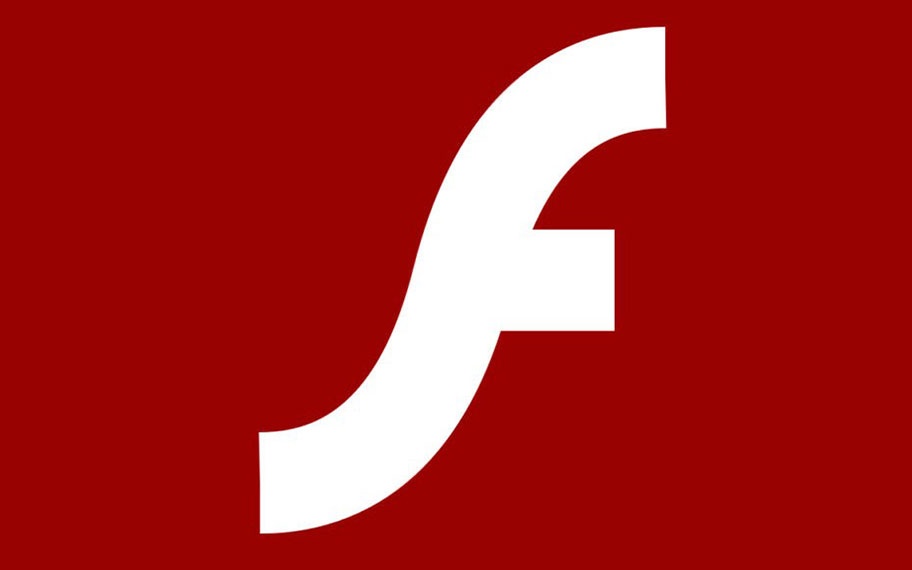It’s a known fact that mobile Apple products don’t support Flash technology for philosophical and technical reasons. Microsoft has revealed that Flash will be limited in Windows 8; Internet Explorer 10 will not load any plugins while running in Metro interface mode. However, content requiring plugins such as Flash may still be viewed in classic desktop mode. With the general industry push towards HTML5 driven sites and two of the big contenders moving away from Flash, Adobe itself has conceded and announced that it will no longer be developing Flash for mobile devices.
With the trend shifting from browser plugins to HTML, is Flash doomed as an internet technology? Is this the end of the technology that enriched our browsing experience with games, videos, and wildly interactive interfaces? Perhaps so, for Flash as we know it anyway. I wouldn’t condemn Flash just yet though – there may still be much life left. But first, why the shift towards HTML5?
Why Flash is an inconvenience
With all of its benefits, Flash also brings inherent complications stemming from its plugin nature. One big problem is that Flash is only awesome if the browser has it installed, with no fallback support in its absence. Another issue, content displayed with Flash is not available to other browser plugins and/or specialized styling rules that might enhance said content for people with disabilities, censor inappropriate content, etc. Furthermore, browsers that don’t support Flash are completely out of luck in displaying a site built entirely with Flash. The list of disadvantages goes on but now let’s talk about the benefits of an HTML5 approach.
HTML on the other hand is THE standard for content delivery via websites, and HTML5 is fully backwards compatible with earlier versions. True, the experience may not be the same on more limited/older browsers but the content is gracefully degraded to plaintext. Every browser is capable of displaying HTML, which is ultimately plaintext. Alright images aren’t text, but images have always been complimentary visuals and the more recent HTML specs state that images must have an alternative text attribute to be used in the case that images cannot be displayed.
What is replacing Flash
The trend of internet applications is shifting towards HTML5 based solutions, but why? One of the big motivations behind the HTML5 spec is native capability of delivering all kinds of rich content (media, games, etc) that makes the internet so much fun, without the aid of plugins. The intent is to write Flash-like interactive apps (RIA apps) with the Canvas API and JavaScript and deliver videos with the Video API (H.264 codec). I might point out that SVG & Javascript can also be leveraged for both vector animations & interactive animated content. Seeing that these technologies are part of the HTML5 spec, any browser that is HTML5 certified will be natively capable of displaying rich content of that nature to the user. No plugins means less third-party issues, less compatibility issues, and less security issues.
Flash in the future?
Alright so a Flash-less (and plugin-less) browsing experience makes sense. That’s not to say that Flash technology doesn’t have its uses. The fun things that Flash does for us are still fun! Flash is still good for building highly visual interactive applications. From a developer’s perspective the Flash platform API and development tools are still powerful tools for quickly creating applications!
Focus needs to be placed on developing tools such as Google Swiffy that convert Flash apps to HTML5 apps. Seeing that HTML5 is intended to be as capable of displaying rich content as Flash, this should be feasible. ActionScript and JavaScript are very similar and a core Flash library written in JavaScript, taking advantage of the various HTML5 media APIs, is not at all far-fetched. Let’s not forget about stand-alone applications (yup, not everything need be browser based) – Adobe AIR technology already allows Flash applications to run as standalone programs. Perhaps focus should also be placed on improving Flash’s runtime performance through more efficient compilation techniques, more hardware support, etc.
Ultimately, I don’t believe that Flash is necessarily doomed – being cut off as an internet technology is merely a change of venue. Where Flash goes from here is ultimately up to its ability to adapt to shifting trends.




